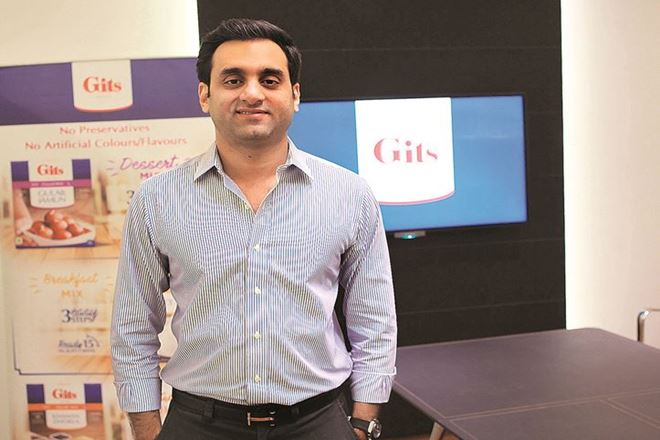Sahil Gilani of Gits Food believes that busting the myths associated with ready-to-eat foods is pivotal for the category to grow to its full potential. He talks to Sonam Saini about consumers’ changing mindsets, the company’s international prospects and its foray into dairy. Edited excerpts:
In a market like India where consumers mostly opt for fresh food, how challenging is it to change consumption habits?
Ready-to-cook (RTC) products are widely accepted in India now, compared to when we launched in the ‘60s. As millennials are coming into the kitchen, the need for RTC products is growing. The ready-to-eat (RTE) category, however, has not been accepted as widely. People still have a negative perception of RTE products.
Our motto has always been that ‘we will not sell what we don’t consume ourselves’. We got into the RTE category only when the technology came to a point where you could preserve food without preservatives. The entire process is explained on the back of our product packaging in layman’s terms. Also, through social media, we are trying to break the myth that all packaged foods are bad or have preservatives. There are many companies like ours which completely stand for natural. But everyone in the industry should participate in educating the consumer.
How big is the RTE-RTC market in India? How has it been growing?
The market in India is worth Rs 1,000-1,200 crore, which is quite small, and growing at about 10-15% year-on-year. But it can grow much further. For that, the industry needs to come together and educate consumers about the category — an area that needs a lot of work. This isn’t the time to compete, but to expand the category.
How important is the overseas market for Gits Food?
Exports is a significant part of our business, contributing 35-40% to our revenue. We export to 40 countries; therefore, the distribution is widespread. Our strategy over the past decade has been to take ready meals to mainstream markets and also focus on NRI consumers. We advertise on Indian channels abroad and engage with trade as well.
What is the consumer profile for Gits in India and abroad?
RTE is still a new phenomenon in India and is largely export driven. When it comes to RTCs, the instant mixes are usually bought by women in the 20-70 age group and NRIs. It is the students, businessmen and traders that mostly consume RTE foods; and also vegans, as finding vegan food in some countries can be difficult. Our RTE products have helped us enter new markets as well. We are selling in mainstream retail chains such as Walmart, Tesco and Costco. At Gits, overall, we expect double-digit growth next fiscal.
Which markets in India drive the most consumption for Gits? What are the revenues you generate from online and offline retail?
We have a pan-India presence with over 1,000 distributors. Every national brand has its strong and weak markets; for Gits Food, West is the strongest.
Online retail is still very new for us. Two years back, we started our own e-store, though we are also available on Paytm Mall, Flipkart, Amazon and Big Basket. Amazon and Big Basket are the two major drivers for us. Revenue from online is less than 5%, but it has grown over 100% every year, even though the base is still low.
Gits forayed into the dairy category last year. How do you plan to grow that vertical?
We have two segments in the dairy category. Products such as ghee and dairy whiteners are produced nationally; they have a longer shelf life. Then there are products such as milk, curd and buttermilk which are produced only regionally. In the next one year, our focus will be on Maharashtra, before taking our dairy products to the national markets.
Are there any new products on the cards?
Our focus will be on dairy, as it will be a growth driver for us. Also, we are making our existing products more convenient to cook. For international markets, our focus will be more on organic and vegan meals. It’s a new trend in India, but in the US, it’s a fast growing phenomenon.

